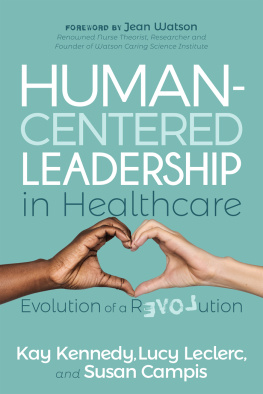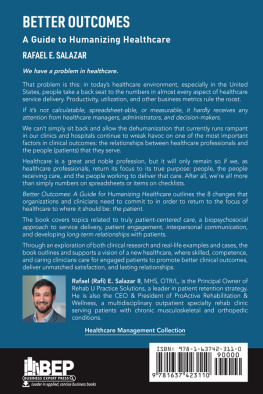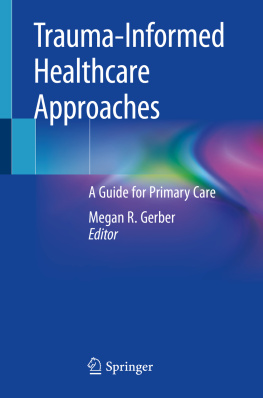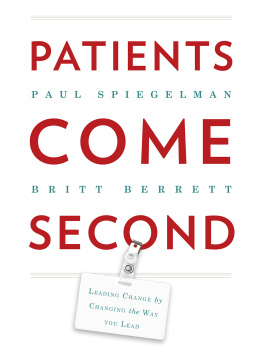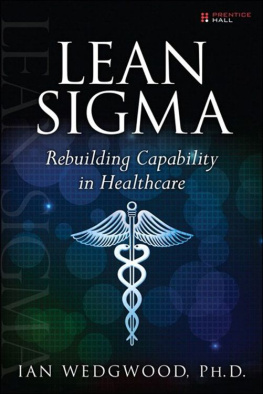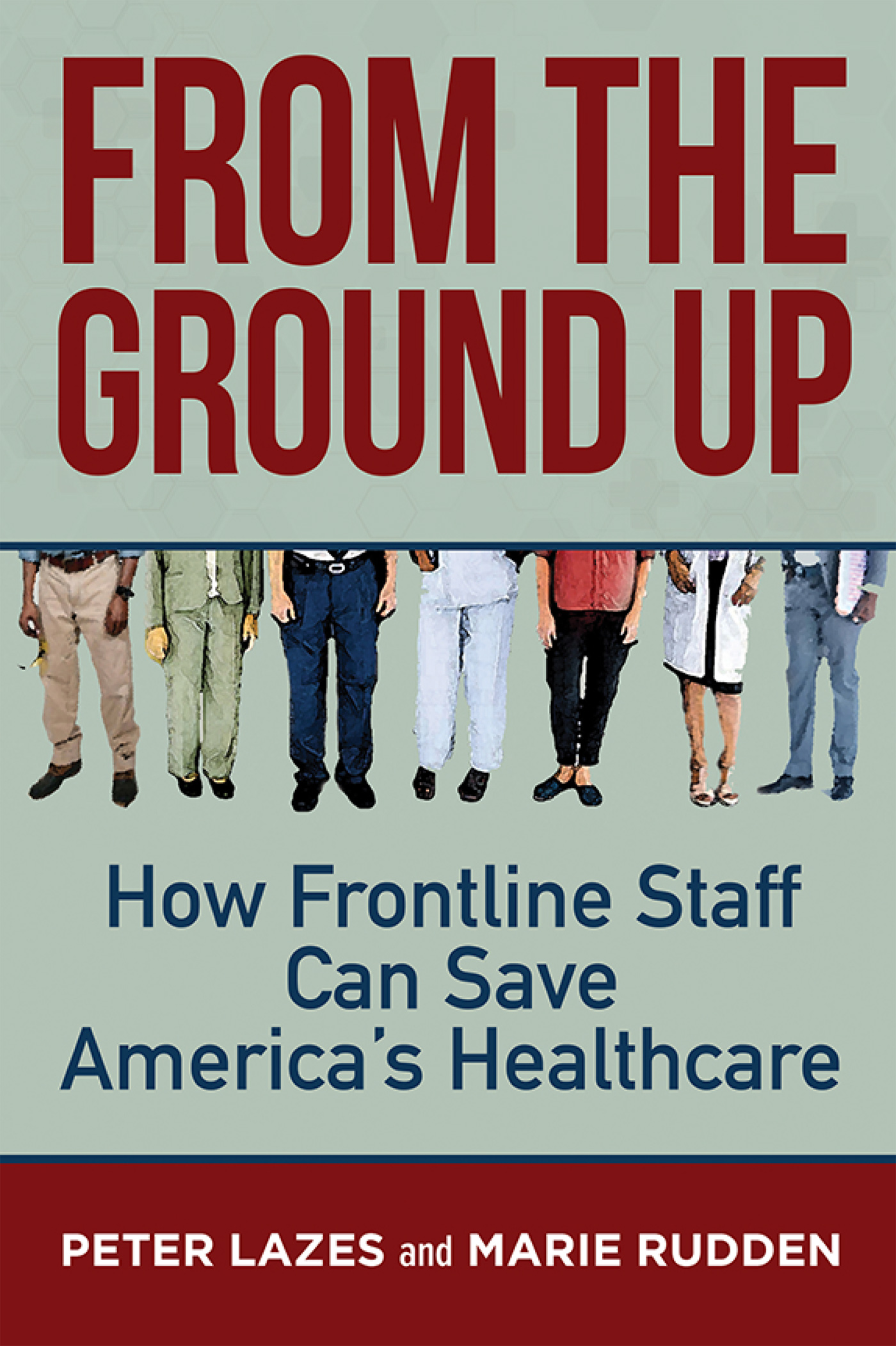Contents
Guide
From the Ground Up

From the Ground Up
Copyright 2020 by Peter Lazes and Marie Rudden
All rights reserved. No part of this publication may be reproduced, distributed, or transmitted in any form or by any means, including photocopying, recording, or other electronic or mechanical methods, without the prior written permission of the publisher, except in the case of brief quotations embodied in critical reviews and certain other noncommercial uses permitted by copyright law. For permission requests, write to the publisher, addressed Attention: Permissions Coordinator, at the address below.

| Berrett-Koehler Publishers, Inc.
1333 Broadway, Suite 1000
Oakland, CA 94612-1921
Tel: (510) 817-2277, Fax: (510) 817-2278
www.bkconnection.com |
Ordering information for print editions
Quantity sales. Special discounts are available on quantity purchases by corporations, associations, and others. For details, contact the Special Sales Department at the Berrett-Koehler address above.
Individual sales. Berrett-Koehler publications are available through most bookstores. They can also be ordered directly from Berrett-Koehler: Tel: (800) 929-2929; Fax: (802) 864-7626; www.bkconnection.com
Orders for college textbook/course adoption use. Please contact Berrett-Koehler: Tel: (800) 929-2929; Fax: (802) 864-7626.
Distributed to the U.S. trade and internationally by Penguin Random House Publisher Services.
Berrett-Koehler and the BK logo are registered trademarks of Berrett-Koehler Publishers, Inc.
First Edition
Paperback print edition ISBN 978-1-5230-9187-4
PDF e-book ISBN 978-1-5230-9188-1
IDPF e-book ISBN 978-1-5230-9189-8
Digital audio ISBN 978-1-5230-9190-4
2020-1
Book producer: Westchester Publishing Services; Text designer: Westchester Publishing Services; Cover image: Rick Finkelstein; Cover designer: Peggy Archambault; Peter Lazes photo: Marie Rudden; Marie Rudden photo: Peter Lazes.
Dedicated to our children and grandchildren
Contents
by Mitchell H. Katz, MD
Foreword
T hink back to the last time you were really sick. Perhaps you had a high fever and cough, or severe abdominal pain and vomiting, or you were in a car accident. Remember that feeling of vulnerability, of fear, of not being sure what to do or what would happen to you.
At the moments when we are sick, we desperately need a health system that is both competent and caring, that is armed with todays medical knowledge but that also treats us with kindness and respect. It needs to speak our language, understand our spiritual natures, and respect our family structures.
I remember when I was hit by a car and had a broken leg and spent a day at a fine health center, where I was well treated by the doctors and the nurses, until I hobbled on crutches to where I was to have my pre-op labs. As I walked in the door and smiled at the receptionist, she said in a harsh voice, You know we are closed 12 to 1 p.m. for lunch. It was such a trivial thing, but upset by the car accident, fearful of the upcoming surgery, tired from using the crutches, I sat down feeling so sad and defeated in the waiting room.
Of course, everyone needs a lunch break. Were I running that system, I may have suggested staggering lunch breaks, but that really wasnt the issue: I was just overwhelmed. Had she just said, Im so sorry, you will have to sit and wait an hour because the nurses are at lunch, I would have been fine. But when we are sick or injured, we lack the reserve that buffers us from unkind words at other moments.
Thats why this book is so important. For our healthcare system to meet our needs, we must engage, promote, support, and inspire the frontline workersthe nurses, the doctors, the pharmacists, the phlebotomists, the physician assistants, the receptionists, the aides, the security guards, and the environmental staffto care for our patients. They are the ones providing the care. They are the ones who know what changes are necessary in order to improve care. Everyone else should be eliciting their ideas and supporting their efforts.
Two major supportersthe unions who represent workers and the administrators of the hospitalsare often mistakenly at odds with one another despite sharing a common goal: high-quality healthcare. This goal can be achieved only though respecting and listening to employees.
I have had the good fortune in the cities where I have worked San Francisco, Los Angeles, and now New York Cityto partner with enlightened labor leaders and hospital administrative colleagues to improve the healthcare for public hospital patients. Although the localities vary, the important ingredients of this work, well-illustrated in this book, consist of engaging frontline workers and collaborating, with an open heart and shared-power paradigm, with labor leaders and others who genuinely care how to make healthcare both competent and kind.
I hope that as you read this book, you will not only learn the successful techniques of engaging and supporting frontline staff but also be inspired to improve healthcare wherever you work.
Mitchell H. Katz, MD
CEO and president, NYC Health + Hospitals
INTRODUCTION

Uprising
Using your workforce as an engine for innovation is critical for our economy. Who knows better about what makes a quality operation than folks who are in the front lines?
Thomas Perez, former U.S. Secretary of Labor
A lthough the massive civil outburst following the 1968 assassination of Martin Luther King Jr. had taken place more than five years before I, Peter Lazes, started to work in Newark, New Jersey, I could still smell the smoke of the burned-out buildings on Central Avenue from my office at New Jersey Medical School.
It was as if that uprising had just ended when I started my new job, developing a community psychiatry program for the patients at Martland Hospital, the large city hospital served by the medical schools interns and medical residents. Most of the stores on Central Avenue had remained untouched since they were set on fire during the massive civil response to Dr. Kings murder. Promises made by Mayor Kenneth Gibson, the first black mayor of any major northern city, to rebuild Newark and to provide better healthcare services for its citizens, remained unfulfilled. Community activist Amiri Baraka responded to this failure with censure and disappointment, stating that Gibsons attention was primarily focused on the profit of Prudential, Port Authority, and huge corporations... while the [community] residents were ignored.
Eventually, New Jersey Medical Schools departments of Community Medicine, Internal Medicine, and Psychiatry began to hire practitioners like me to work with the mayor and with community groups to improve healthcare services for Newark residents. I found that by focusing on what patients were experiencing as they waited for and received clinic or emergency care, and by listening to observations of the staff who helped them from laboratory staff to receptionists, nurses, LPNs, aides, and Emergency Department (ED) physiciansI could assist in devising a care system that worked better for all involved. Ever since then, I have spent my career devising methods to help frontline staff, workers, and administrators collaborate on improving the systems to which they devote their lives.


